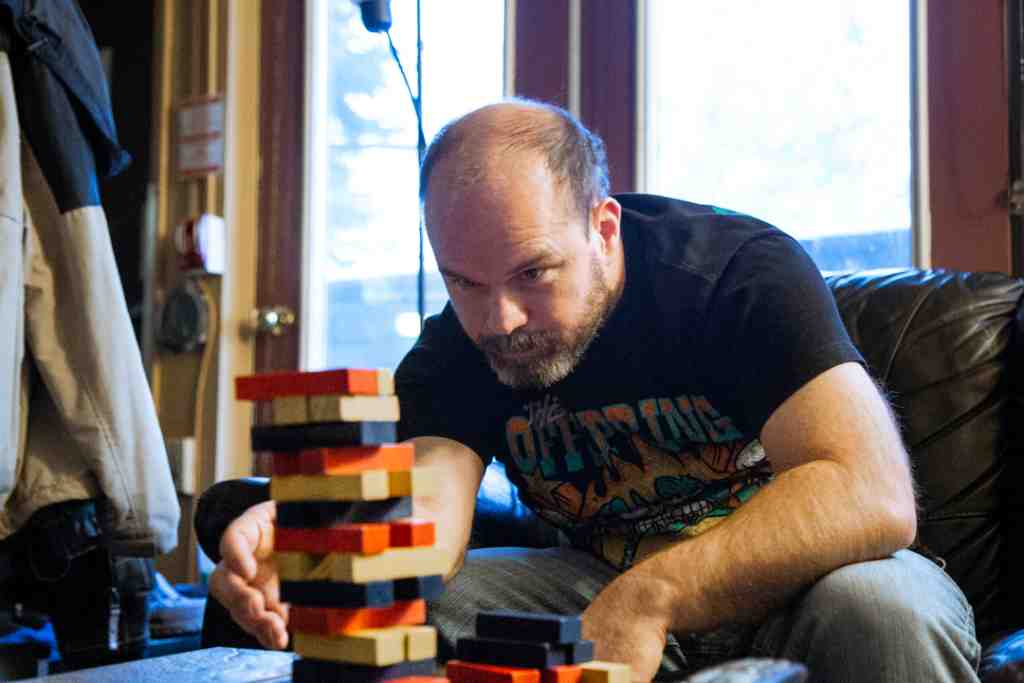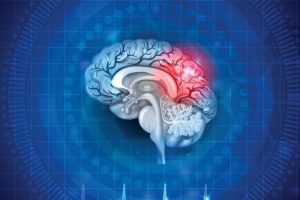Types of Head Injury - Complication and Recovery Process
Closed Head Injury
The most common type of head injury is the closed head injury. When the head collides with another surface, damaged is caused to the brain as it is hurled against the inside of the skull. The blow may fracture the cranium, injure the scalp, and cause intracranial complications such as blood clots and blocked ventricles or blood vessels.
Penetrating Head Injury
When an object such as a bullet pierces the skull and causes brain damage, the result is known as a penetrating head injury. Whereas closed head injury often occurs when the skull moves rapidly into an object, penetrating head injury usually occurs when another object breaks through the skull with powerful force. Sometimes in an impact injury a portion of the skull is broken and pushed into the brain, whereby the brain sustains overall shearing stress lesions as well as the localized skull penetration injury. Penetrating injury adds significant complications, such as potential for infection and focal death of brain cells.
Contusions and Haematomas
Contusions and haematomas are two common forms of focal lesions. A contusion is a bruise of a specific area of the brain. In closed head injury, this usually occurs in the brain stem, frontal lobes, and temporal lobes. Small blood vessels break, and the surrounding tissue is deprived of normal blood flow. Anoxia, lack of oxygen due to interruption of fresh blood, may cause brain cell death. A haematoma is a contusion on a larger scale. When larger blood vessels tear, blood may flow freely (a haemorrhage) and form a pocket of blood large enough to press against adjoining tissue and cause pressure damage in addition to the damage caused by insufficient blood flow.
Diffuse Axonal Injury
In all forms of head injury, the shearing stress lesions discussed earlier are incurred. These result in diffuse axonal injury, where the nerve cells are torn apart one from another. Cell death usually does not occur, but the normal transmission of nerve impulses necessary for efficient thinking, memory, and self-monitoring of behaviour is disrupted. Neurochemical changes may take place as well, further reducing the efficiency of brain cell functioning.
COMMOTION CEREBRALE
Diffuse axonal injury is caused by concussion. The term refers to the physical force of an impact injury. Concussion may produce contusion, haematoma, skull fracture, or other injuries. Concussion is usually rated mild to severe. In very mild concussion, the individual does not lose consciousness but may still sustain some brain damage, although usually temporary. In more severe concussion, loss of consciousness occurs as a result of brain stem trauma.
When concussion occurs, the body's physiology triggers a reaction which sends more blood to the injured area. Normally, this is desirable because greater than normal blood flow helps fight infection and aids the recovery of damaged tissue. In the brain, however, this reaction can be lethal. As the brain can expand in response to this swelling only so much, the added pressure on tissue can cause further damage. Cerebrospinal fluid flow is also interrupted and can cause additional pressure damage to nerve cells as ventricles fill beyond their normal capacity.
If swelling occurs, eventually additional fluids will accumulate in the brain as a result of the contusion-reaction gone awry. This causes a condition known as edema. Swelling and edema require immediate medical attention or the individual will die, or at least sustain even more brain damage.
If the force of the concussion is severe enough to cause more than a brief disruption of brain stem neurochemical activity and normal nerve tissue structure, the individual usually lapses into a coma. A coma indicates severe and serious damage.
Coma
A coma always produces amnesia. Inability to remember what happened for a period of time before an injury is called retrograde amnesia. It may extend back in time minutes to days before the injury and is never recoverable. Post-traumatic amnesia is the period following the injury in which memory cannot be established in the brain. This problem gradually resolves after a few weeks or months.
Seizure
Depending on conditions that no one fully understands, seizures may occur following head injury, sometimes starting month's later ("late-onset" seizures). Essentially, these are caused by impaired electrochemical activity in damaged tissue. Scar tissue development may initiate seizures. A seizure can range from a brief interruption in conscious awareness to grand mal tonic-clonic rhythmic contractions of the whole body. Because the potential is there for seizures to occur, medications are often administered as a preventative for several months or years following a head injury. Although the precise reason for post-traumatic seizures is unknown, they are usually effectively controlled with medications. (Sometimes alcohol consumption can start a seizure in a person who has had a head injury. Use of alcohol is strongly discouraged for anyone who is at risk for seizure.)
Homeostasis
Brain injury is a dynamic condition. Torn axons, swelling, and contusion will produce an inborn reaction of living tissue to recover. If damage is severe enough, however, the immediate recovery reaction can produce temporary chaos. New nerve cells care called into action to try to take over for damaged ones; neurochemical and vascular changes may excite some areas of the brain and inhibit others. Out of the chaos, however, and usually with critical help from doctors, the body and brain immediately start a process to recover biological balance, the process known as homeostasis.
Recovery process
The mechanisms of brain injury, let alone normal brain functioning, are indeed complex. Physical, electrical, and chemical disruptions occur. Different behavioural reactions, from lethargy to combativeness, are observed following coma recovery, depending on multiple damage and physiological factors. Immediate medical attention is necessary to save the life; constant and long-term psychological and rehabilitative vigilance is necessary to mend and gradually mold the expression of life back into its most meaningful and productive form.
Once the individual has recovered from coma and is beginning to exhibit awareness of surroundings and other people, the focus of doctors and family usually shifts from the physical to behavioural problems. Medical stability requires intense and careful effort and immediate worries centre on the life-threatening injuries sustained. When such worries are no longer an issue, observation of the behavioural, cognitive and psychological changes exhibited by the injured person take precedence.
DEFINITION OF ABI
Developed by the Clinical Data Working Group of the Toronto ABI Network and adopted by their Advisory Committee
TYPES OF HEAD INJURY
Describes the different types of brain and head injuries, including the complication and recovery process.
PHYSICAL CHANGES
Describes how brain injury may lead to physical changes which can be temporary or permanent, severity and location of the brain injury.
COGNITIVE CHANGES
Describes how cognitive changes after brain injury can affect the way a person thinks, learns and remembers.
EMOTIONAL/BEHAVIOURAL CHANGES
Describes changes in a person's emotional reaction or behaviour after a brain injury, often the most difficult for the individual and families to deal with.
HORMONAL CHANGES
Describes some of the common issues as they relate to hormonal changes following an aquired or traumtic brain injury.
FUNCTION & SYMPTOMS
Describes brain anatomy, its functions and symptoms following an aquired or traumtic brain injury.
3D BRAIN INTERACTIVE
Information on disorders, brain damage, case studies, and links to modern neuroscience research.
BRAIN STIMULATION
Describes the anatomy of the brain and its function with a special interactive feature.
Ranchos Los Amigos Scale
Describes this medical scale used to assess individuals after a brain injury, based on cognitive and behavioural presentations as they emerge from coma.
STATISTICS
Download the PDF document and view the staggering true numbers - and see how it compares with other health conditions.





